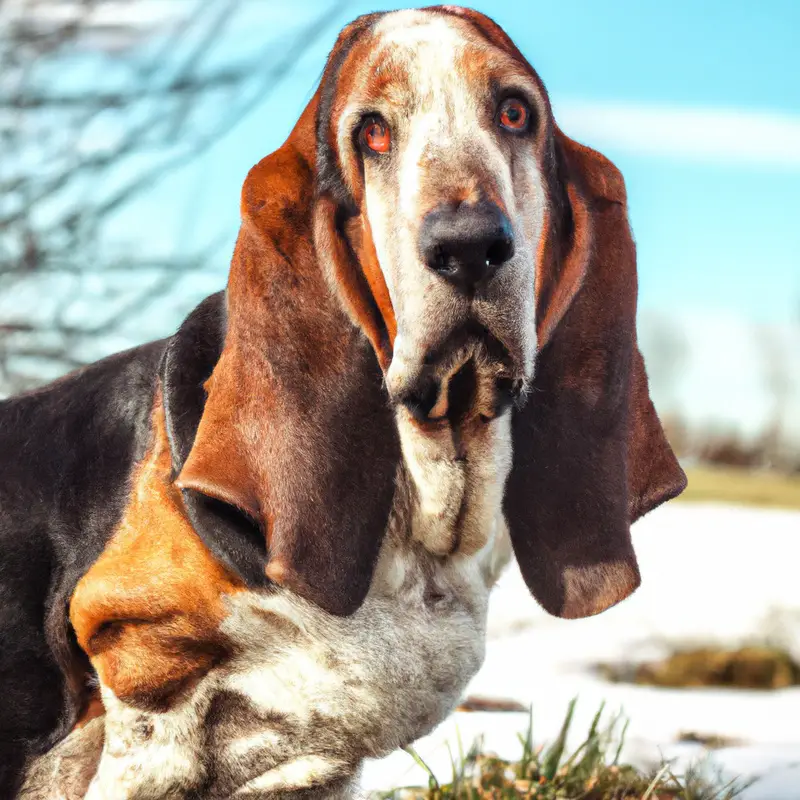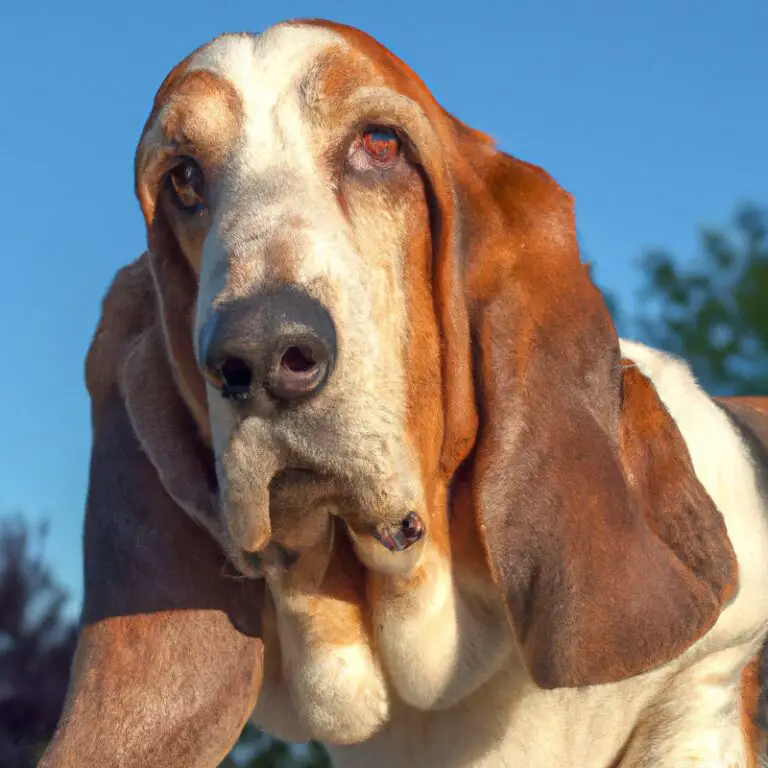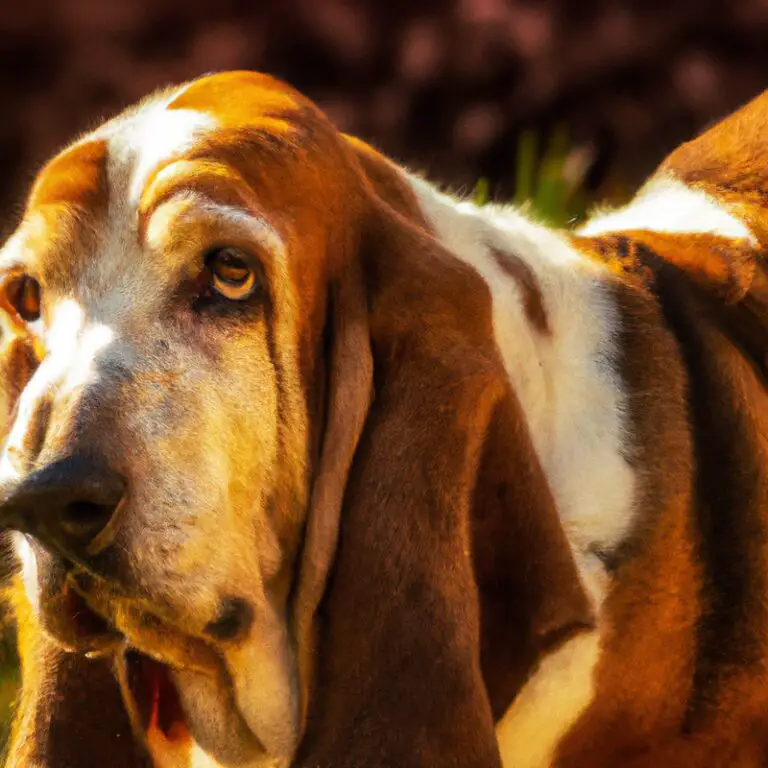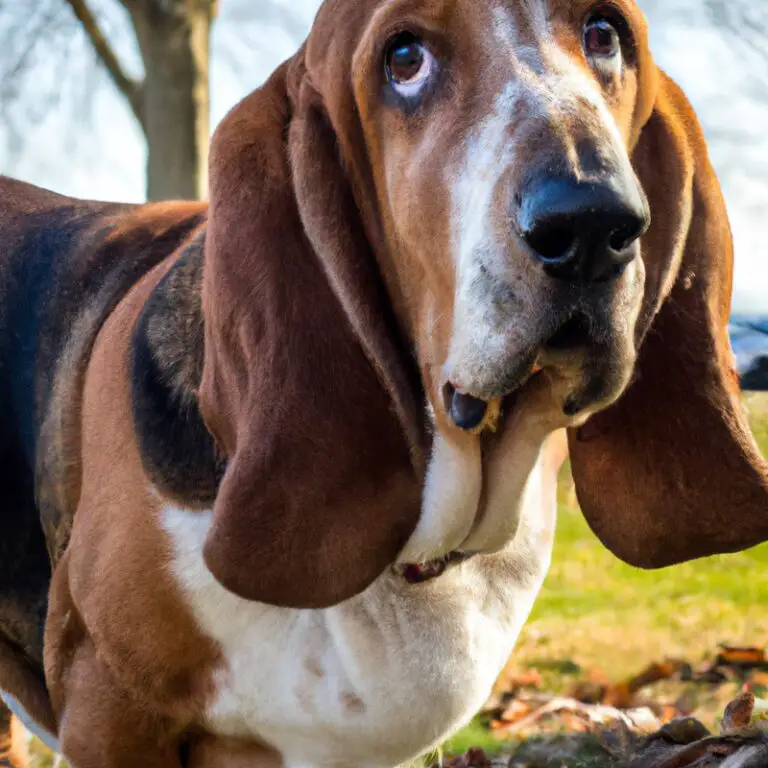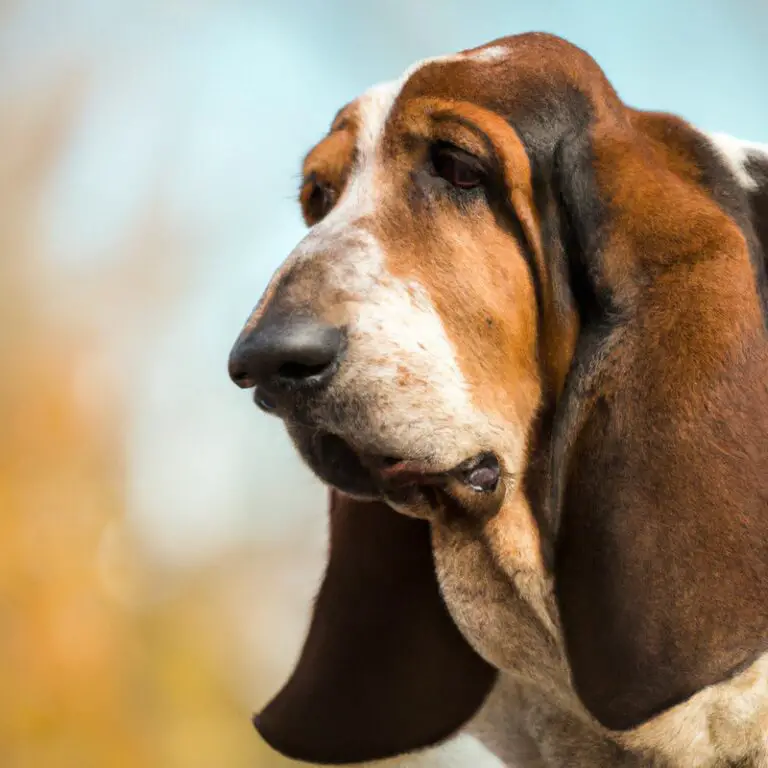Can Basset Hounds Be Trained For Scent Work In Search And Rescue Missions In Caves?
Key Takeaways:
- Basset Hounds can be trained for scent work in search and rescue missions in caves.
- These dogs possess a strong sense of smell and their low-to-the-ground body structure makes them well-suited for navigating tight spaces.
- Training methods should be tailored to their specific needs, focusing on positive reinforcement and scent detection skills.
- Socialization and exposure to various environments are crucial for Basset Hounds to succeed in search and rescue missions in caves.
Are Basset Hounds up to the task of search and rescue missions in caves?
It’s a valid question, considering their distinct appearance and peaceful demeanor.
But let me tell you, these unique hounds possess incredible scent work abilities, making them valuable assets for search and rescue teams.
In this article, I’ll delve into the fascinating world of scent work in search and rescue missions, explore the training techniques specific to Basset Hounds, and shed light on the challenges and considerations of utilizing them in cave search and rescue operations.
Get ready to discover why Basset Hounds may just be the heroes you never expected!
Scent Work in Search and Rescue Missions
Explanation of scent work in search and rescue
Scent work in search and rescue involves training dogs to use their remarkable sense of smell to locate missing persons.
These highly skilled dogs can detect and track scents over long distances and challenging terrains.
They are trained to identify specific scents, such as the scent of a person in distress, and follow it until they find the individual.
Scent work is a crucial aspect of search and rescue missions, as it allows dogs to cover vast areas quickly and locate missing persons even in challenging environments.
It is a remarkable ability that can save lives.

Types of scent work for search and rescue missions
There are several types of scent work that can be done in search and rescue missions.
One common method is air scenting, where dogs search for the scent of a missing person in the air.
They are trained to follow the scent to locate the individual.
Another method is trailing, where dogs follow a specific scent trail left by a person.
This is useful for tracking someone who may have wandered off a path.
Lastly, there is cadaver scent work, where dogs are trained to detect the scent of human remains.
This can be vital in locating missing persons who may be deceased.
Each type of scent work requires specific training techniques and expertise.
Training Basset Hounds for Scent Work
Importance of early socialization and obedience training
Early socialization and obedience training are key factors in the development and behavior of Basset Hounds for scent work. It helps them become confident, adaptable, and better equipped to handle different environments and situations.
Through socialization, they learn to interact positively with people and other animals, reducing the risk of fear-based aggression.
Obedience training reinforces their understanding of commands and helps establish trust and communication between the handler and the dog. This foundation is crucial for effective scent work and search and rescue missions.
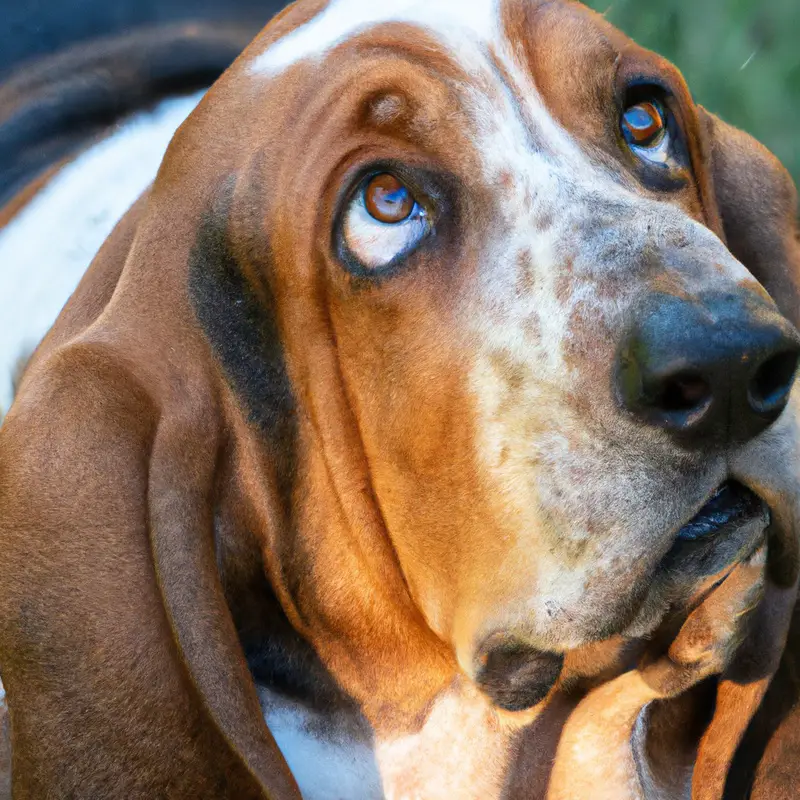
Specific scent training techniques for Basset Hounds
When training Basset Hounds for scent work, there are specific techniques that can help enhance their natural abilities.
One technique is to use positive reinforcement, rewarding the dog for successfully finding the target scent.
It’s also important to gradually increase the difficulty of the scent search, starting with easy hides and progressing to more challenging ones.
Additionally, using scent-specific toys or containers can help the dog associate the scent with the reward.
Regular practice and consistency are key in developing and maintaining the Basset Hound’s scent work skills.
Challenges and considerations when training Basset Hounds for search and rescue missions
Training Basset Hounds for search and rescue missions can pose certain challenges and considerations. One challenge is the breed’s independent nature, which can make them less inclined to consistently follow commands.
Patience and consistent training techniques are crucial to overcome this challenge.
Basset Hounds also have a strong scent drive, which can make them easily distracted. It’s important to create focused and structured training sessions to keep their attention.
Lastly, their physical limitations, such as their short legs, may affect their ability to navigate certain terrains.
Training should include agility exercises to build strength and endurance. Overall, training Basset Hounds for search and rescue missions requires commitment and adaptability to their unique traits.
Basset Hounds and Cave Search and Rescue
Characteristics of caves and challenges they pose for search and rescue missions
Caves present unique challenges for search and rescue missions.
The characteristics of caves, such as their narrow passages, darkness, and uneven terrain, can complicate search efforts.
The lack of natural light makes it difficult to navigate and locate missing individuals.
The complex layout of caves requires specialized techniques and equipment for effective search and rescue operations.
Additionally, caves can have poor air circulation and hazardous conditions, including unstable rock formations and unpredictable water levels.
These challenges emphasize the need for highly skilled and trained personnel in cave search and rescue missions.
Adaptability of Basset Hounds for cave search and rescue missions
Basset Hounds have certain traits that make them well-suited for cave search and rescue missions.
They have an exceptional sense of smell, which enables them to detect scents even in challenging environments.
Their low-to-the-ground physique allows them to navigate through narrow spaces and tight corners in caves.
Additionally, Basset Hounds have a gentle and patient nature, which is crucial when working in potentially stressful situations.
With the right training, these qualities can be harnessed to make Basset Hounds effective search and rescue dogs in cave environments.
Training considerations for Basset Hounds in cave search and rescue scenarios
When training Basset Hounds for search and rescue missions in caves, there are several important considerations to keep in mind. First, it is crucial to expose the dogs to various environments and surfaces, including rocky terrain and tight spaces, to prepare them for the challenges of navigating through caves.
Second, scent training should be a priority, as Basset Hounds have an exceptional sense of smell.
Additionally, working on obedience and recall commands is essential for maintaining control in potentially hazardous situations. Lastly, consistent training and reinforcement are necessary to ensure the dogs are prepared and confident in their abilities in cave search and rescue scenarios.

Final Verdict
Basset Hounds can be trained for scent work in search and rescue missions in caves with the right training and preparation. Their exceptional sense of smell and determination make them well-suited for the task.
Early socialization and obedience training are crucial for their success, and specific scent training techniques can be employed to enhance their abilities.
While there are challenges and considerations when training Basset Hounds for search and rescue missions, their adaptability and perseverance make them a valuable asset in cave search and rescue scenarios. With proper training and support, Basset Hounds can play a vital role in saving lives in cave environments.

